This quote will somewhat trigger our interest into the dialogue about what kind of cooking oil, we should adhere to? But we cannot deny the confusion that persist among the general public in choosing the right oil. Like, preparing dishes in Olive oil is the healthiest way to cook dishes. This will make the dish taste good and at the same time will retain most of its nutritious values. Isn't that the exact ideology you believe or have heard from somewhere at some point or other? Well, olive oil is indeed beneficial for your health. No denial in that. But can you cook Chicken Curry or Mutton Rezala cooked in olive oil with all its nutritious values intact? Which cooking oil will be suitable depends on what you are cooking. Different oils have different qualities that make them better for certain uses. Some are best for baking, some for frying and some are best in salad dressings. But which is best for what? Keep reading to learn the healthiest oils to cook with.
Before you pick oil to use, it's important to assess the needs of your recipe and the oil’s smoke point. What will suit your health also depends on your geographic location and climate. Different geographic locations and climates have different types of fruits, vegetables and seeds growing specifically in that climate and topography. Those locally available items are the best available healthy option for people of that region.
For instance, living in the hot and dry region of Rajasthan Ghee (clarified butter), mustard oil is better for health than olive or avocado oil. Likewise, people living in coastal regions should use a limited amount of coconut oil in cooking as it helps in easy digestion in that humid climate. Similarly, the smoking point is also important.
If you aren't sure what a smoke point is, it's simply the point at which an oil begins to smoke and loses all its health benefits becoming ineffective.
Here, I'm classifying oils based on cooking purpose and smoke point:
• Frying
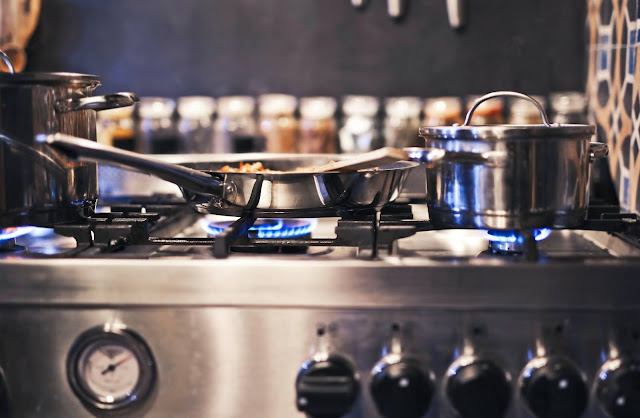 |
| Photo by Andrea Piacquadio from Pexels |
• Spicy gravy dishes
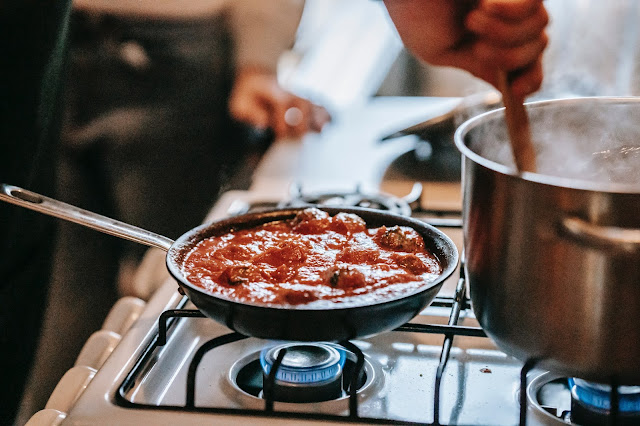 |
| Photo by Gary Barnes from Pexels |
• Baking
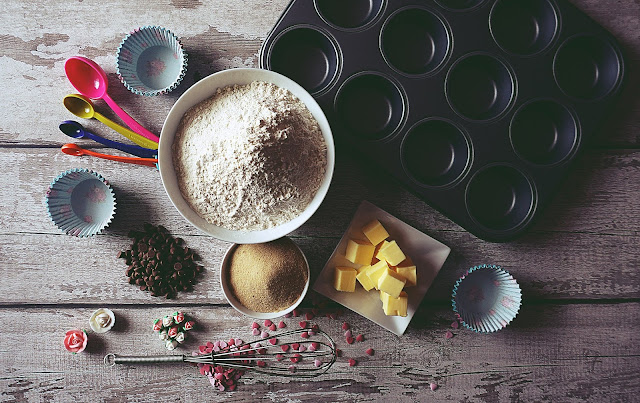 |
| Photo by Suzy Hazelwood from Pexels |
• Dressing
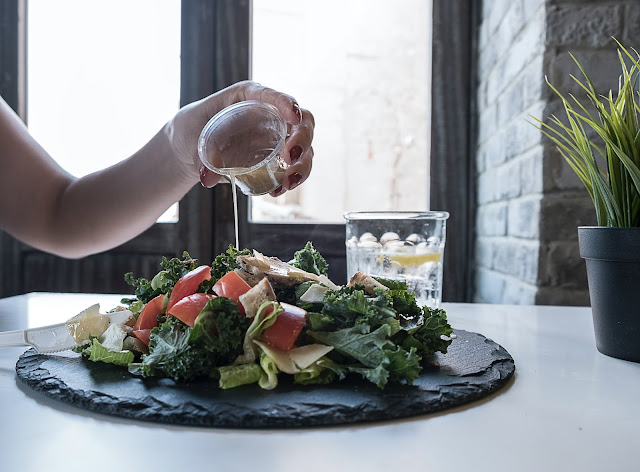 |
| Photo by The Lazy Artist Gallery from Pexels |
As for dressing, the flavorful stuff is always best. Go for extra-virgin olive oil or flaxseed oil.
• Sautéing and searing
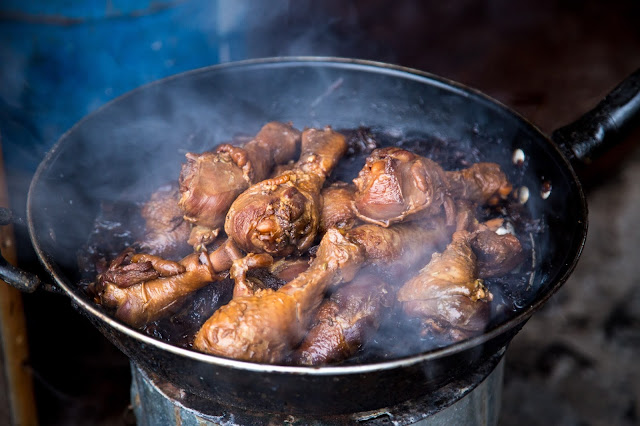 |
| Photo by e2ghost from Pexels |
You should choose a more flavorful oil with a lower smoke point. Good options include: canola oil, extra-virgin olive oil, safflower oil, peanut oil, and sesame oil, coconut oil.
Although some oils or even butter and ghee have good number of calories in them, these calories in certain limited amount are also essential for your body.
Author:
Somorita Ghosh


Post a Comment